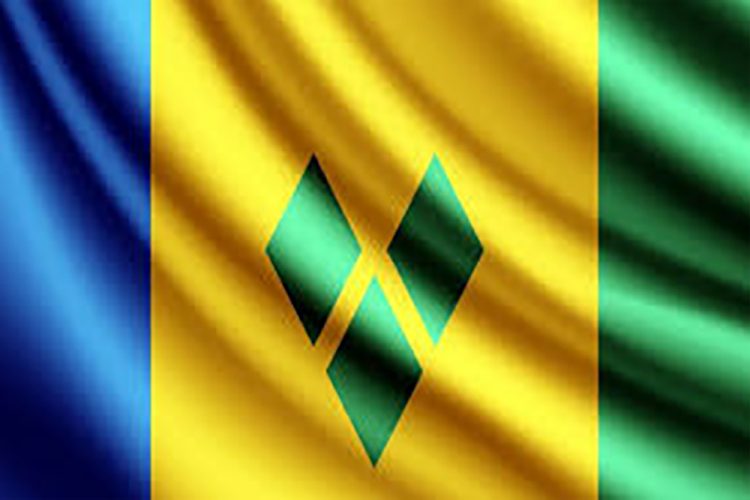The Road to Independence

The process of decolonisation that informed our ultimate path to independence can be traced back to the second decade of the 20th century when at conferences of the British Guiana and West Indies Labour Congress the issue of a Federation appeared on their agenda. It was really a first step that centred around the quest for self-government. The 1945 inaugural congress of the Caribbean Labour Congress took it a step further when a resolution was passed delegating the Council to send a delegation to England to make a case on behalf of the peoples of the region. This followed a despatch from the British Secretary of State to the colonies assuring them that Federation with Self-Government was their “ultimate aim”. The 1945 Conference declared that a “stable and self-supporting economy was only possible with a federal constitution “with responsible government”. During their discussion on Federation George McIntosh who with J. S Bonadie represented St. Vincent, stated that what was needed was a federal government “that allowed the greatest measure of autonomy in each colony with adult suffrage and single chamber legislatures”.
Thirteen years later in 1958 the Federation was established with its headquarters in Trinidad. This was prior to the declaration of the UN General Assembly Resolution (1514) of December 14, 1960, granting independence to colonial countries and people. The Assembly also affirmed that size should not be an impediment to independence. The Federation was, however, short-lived, following a referendum in Jamaica that opted to leave the Federation and seek independence on its own. The final knock-out came when the Prime Minister of Trinidad and Tobago played some mathematical gymnastics and asserted that one from ten leaves nought. That same year, Jamaica and Trinidad became independent countries, following Gold Coast (Ghana) in 1957 and Nigeria in 1960.
Efforts to form a federation of the remaining eight colonies petered out and Barbados went on its own in 1966. All of this posed geo-political concerns for the United Kingdom and the US, given the context of the Cold War with their fears of Russian communism filtering into the islands through Cuba. Earlier concerns had surfaced when Chedi Jagan assumed leadership in Guyana resulting in Britain’s suspension of the country’s constitution. The US urged and supported Britain’s continuing control of its other colonies. The future constitutional status of the colonies lay in limbo until the remaining colonies were told of the intention to move toward Self-Government in Association with Britain. Britain was to retain control in the two critical areas of Defence and External Affairs. It was a step that clearly paved the way for eventual independence. “Statehood” for St. Vincent did not materialise until 1969 because of an uncertain political climate. With the Statehood constitutional arrangements, the Administrator gave way to a Governor. The Executive Committee was replaced by a Cabinet minus ex-officio members but formed from the Legislature. Sir Rupert John became the first native born Governor. The Chief Minister, who at that time was Milton Cato, became Prime Minister. St. Vincent had previously in 1960 attained responsible government that had given more authority to elected members.
It was not until 1979 that the country attained Independence. That year celebrated in Sparrow’s calypso “Dead and Alive” was marked internationally by strikes, demonstrations, and wars from Uganda to Nicaragua, according to Sparrow. Idi Amin of Uganda fled into exile and the Shah of Iran was overthrown. The Grenadian revolution took hold next door, while at home the Soufriere volcano erupted and led to the displacement of many persons from their communities. Independence was attained followed by elections and a mini revolt in Union Island.
(To be continued)
Dr Adrian Fraser is a social commentator and historian









